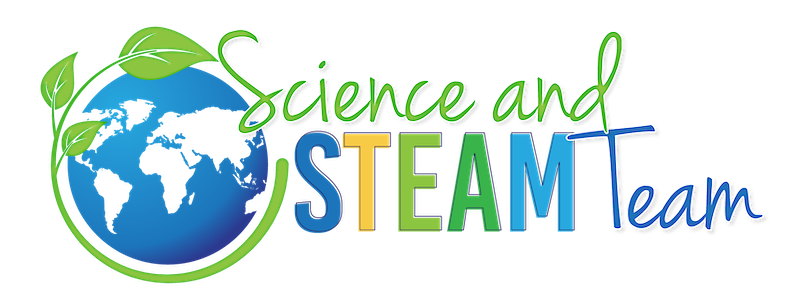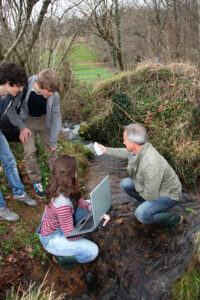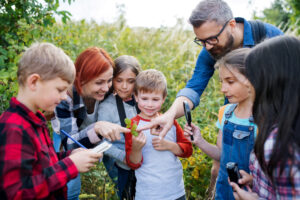What is Citizen Science?
Citizen science projects rely on volunteers and scientists working together. These volunteers answer real-world questions by studying the world around them. Every-day people, including students, collect data and send it to scientists, and this collaboration increases scientific knowledge.
Why Should Your Students Engage in Citizen Science?
- Students collect real-life, meaningful data.
- Scientists use students’ data to study real-world issues
- Many students may think differently than adult scientists. Thus, they offer a new way of thinking about problems.
- The more people that participate in citizen science projects, the more accurate the data will be.
- Students can develop an increased interest in science.
Citizen Science Projects for Students
Anyone can do these projects, but our focus is on those we think students would enjoy!
What’s Under Your Feet
The citizen science project, What’s Under Your Feet, is perfect for those that like creepy, crawly things. It is geared towards children ages 7 to 14 and can easily be done in a small group. Students will help scientists in Britain learn about biodiversity and how climate change is affecting the bird population. You do need to set up an account to get the resources they provide. This short video explains how to do the research.
NASA’s Project S’COOL
S’COOL stands for Students’ Cloud Observations On-Line. Students need prior knowledge about different types of cloud formations and general knowledge about percentages. A downloadable sheet is available for students to record their data. This citizen science project collects data from people of all ages.
Great Backyard Bird Count
The Great Backyard Bird Count happens every year in February. Learn about it here.
The Great Sunflower Project
People count flowers and pollinators while participating in the Great Sunflower Project. Data is collected at schools, in yards, in gardens, and parks. While this organization focuses on Lemon Queen Sunflowers, any flower can be used. They provide data collection sheets and have some beautiful downloadable information about bees.
Globe at Night
Globe at Night uses data to study light pollution. Students will need a night sky app and a computer, and they will follow the directions on this page.
Choose Your Own Citizen Projects for Students
The website SciStarter is a wonderful site to help students find a project tailored to their interests. Students pick projects to do at school, on a hike, or at the beach, etc., from a dropdown menu. Next, they choose a topic such as weather, insects, or sound. Students choose a location to research and their age. After they click on “find my project” students see a list of possible projects. After clicking on a project, students get directions.
Some Thing to Consider
- What do your students want to do?
- What can your students realistically do, given their circumstances?
Will this project be done at school?
Will students have support at home if they choose a project that needs to be done outside of the school day?
Do you need to plan a field trip for your class?
- Do you want to group students with similar interests together?





